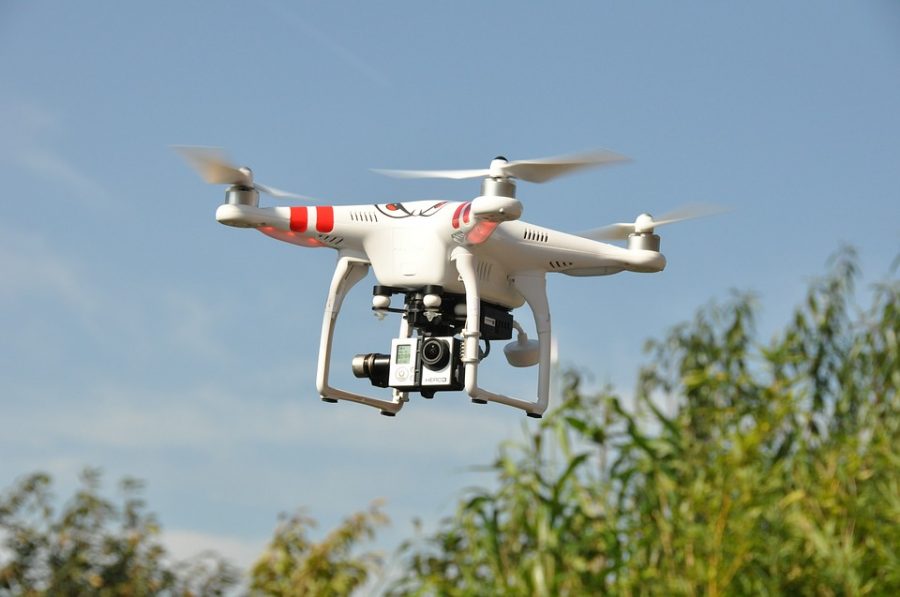Tech Savvy
Drone safety develops at Virginia Tech University
Flying high, drones have become a wildly popular item of the 2016-2017 year. Researchers at Virginia Tech University have recently been testing their safety on test dummies to try and develop ways to make them safer.
March 20, 2017
Drones have recently become all the rage of the 2016-2017 year. Drones are unmanned aerial vehicles that are controlled by a remote and were originally used by the government for official tasks such as spying on other militaries and armed artillery. Recently, drones have become available to the public. The accessibility and affordability of this fun flight toy has made it extremely obtainable to just about anyone, especially since for Christmas many people have received drones as a gift. These drones, however, have been proven to cause serious injuries since their release. The four most common injuries have been amputations, eye injuries, concussions, and other head injuries. These injuries have caused a stir in the news for researchers and developers to make drones safer for everyday consumers. Researchers at Virginia Tech University recently began testing the drone impact is onto crash dummies heads and how serious the injuries could be. The dummies that were used are very similar to human heads, making it an accurate comparison. The tests that these Virginia Tech students use is supposed to be informative to the public to make them safer by actually trying to figure out how the collision with the drone can injure humans neck and brain. They receive their test results by the dummies being packed with sensors that can measure the speed, weight, and force of the impact from the drone. Junior Jiwoo Kim said, “My neighbor has a drone, and I see how fast they come down and the impact they make. I am never sure if I should be outside when he is flying it so I can avoid being attacked.”
The main target of this research and experiment is to find out what design, construction, and maximum speed among other things can cause serious injury. The real drones are actually very heavy, with the battery and the blades, which cause more harm in case of collision then the lightweight toy used in the test by the researchers. One thing that can be determined is that the blades that are on the drone turn about 8000 RPM, which left heavy scars on the test objects.
These tests are incredibly important for the whole drone industry. While studies have not been concluded yet, researchers are attempting to develop a much safer user friendly drone. Technology is developing extremely fast, safety is and will be the number one priority for top companies.












